Exploring the Advantages of Boomless Spray Nozzles for Efficient Agriculture Applications
The agricultural sector is increasingly turning to innovative technologies to enhance efficiency and sustainability. One such advancement is the adoption of boomless spray nozzles, which have demonstrated significant benefits for various agriculture applications. According to a report from the American Society of Agricultural and Biological Engineers, the implementation of boomless spray nozzles can reduce spray drift by up to 30%, making them an ideal choice for precision agriculture where minimizing chemical usage is paramount. Additionally, boomless spray nozzles provide flexibility in application as they can easily adapt to uneven terrain and are less affected by wind compared to traditional boom systems. As farmers and agricultural professionals strive for effective weed and pest control while adhering to environmental regulations, the boomless spray nozzle emerges as a game-changing tool that not only boosts efficiency but also promotes sustainable farming practices.
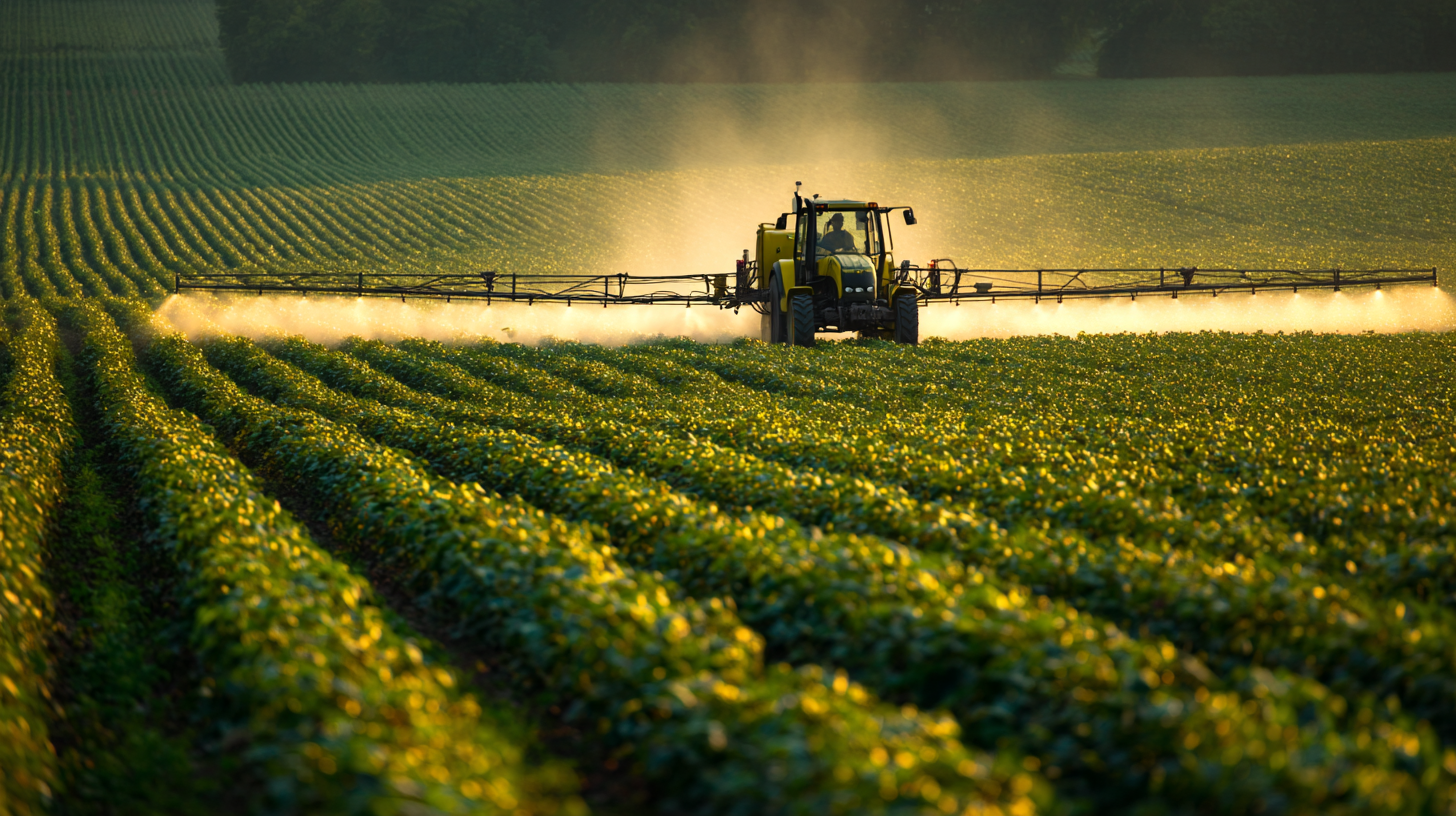
Benefits of Boomless Spray Nozzles in Precision Agriculture
Boomless spray nozzles are rapidly gaining traction in precision agriculture, primarily due to their ability to deliver targeted applications with minimal waste and environmental impact. According to a recent report from the Agricultural Research Service, these nozzles can reduce pesticide and fertilizer usage by as much as 30% compared to traditional boom systems. This is particularly important as farmers face increasing regulations on chemical usage and look for sustainable practices that meet both economic and environmental goals.
Furthermore, the flexibility offered by boomless nozzles allows for coverage of uneven terrains and irregularly shaped fields, enhancing efficiency. A study published in the Journal of Precision Agriculture highlights that the use of boomless nozzles can improve application accuracy by up to 25%, ensuring that crops receive the nutrients they need without overspray or runoff. This precision not only enhances crop yields but also minimizes the potential for pesticide drift, safeguarding surrounding ecosystems and nearby crops. As the agriculture industry continues to evolve, the integration of boomless spray nozzles represents a significant step forward in adopting more efficient and responsible farming techniques.
Key Features of Boomless Spray Nozzles for Enhanced Coverage
Boomless spray nozzles have gained significant traction in the agricultural sector due to their exceptional ability to provide enhanced coverage while minimizing pesticide drift. Unlike traditional boom systems, boomless nozzles deliver a wider spray pattern, allowing for effective application on irregular terrains where traditional setups may struggle. According to a report by the American Society of Agricultural and Biological Engineers, these nozzles can achieve a coverage efficiency increase of up to 30%, making them a preferred choice for diverse agricultural applications, including orchards and vineyards.
One of the standout features of boomless spray nozzles is their ability to maintain a consistent droplet size under varying pressure conditions, which is crucial for effective pesticide application. This consistency helps in optimizing the amount of chemical used, thus reducing waste and environmental impact. Studies indicate that using boomless nozzles can result in up to a 20% reduction in spray volume without compromising effectiveness. This feature plays a vital role in sustainable farming practices, where efficiency and environmental responsibility go hand in hand.
Tips for Maximizing Efficiency with Boomless Spray Nozzles:
- Ensure nozzles are appropriately calibrated for the specific crop and application conditions to achieve optimal droplet size and distribution.
- Regularly clean and maintain nozzles to prevent clogging and ensure consistent performance over time.
- Utilize weather data to time applications effectively, taking advantage of calm wind conditions to minimize drift and maximize coverage.
Cost-Effectiveness of Implementing Boomless Spraying Technologies
Boomless spray nozzles are gaining traction in agriculture due to their cost-effectiveness and operational efficiency. According to a report published by the American Society of Agricultural and Biological Engineers (ASABE), boomless sprayers can reduce the initial equipment costs by up to 30% compared to traditional boom systems. This financial advantage is especially beneficial for small to medium-sized farms that may be constrained by tight budgets. The savings extend beyond the initial purchase, as boomless systems generally require less maintenance and fewer replacement parts, leading to reduced operational costs over time.
Furthermore, a study by the National Agricultural Statistics Service (NASS) indicates that boomless sprayers can apply chemicals with greater precision in uneven terrain, which is often a common challenge in agricultural landscapes. This precision not only enhances the effectiveness of pesticide and fertilizer application but also minimizes waste, contributing to sustainability efforts. As a result, farms adopting boomless technologies can witness not only lower costs but also improved crop yields and environmental compliance, underscoring the overall economic viability of implementing these advanced spraying solutions in modern agriculture.
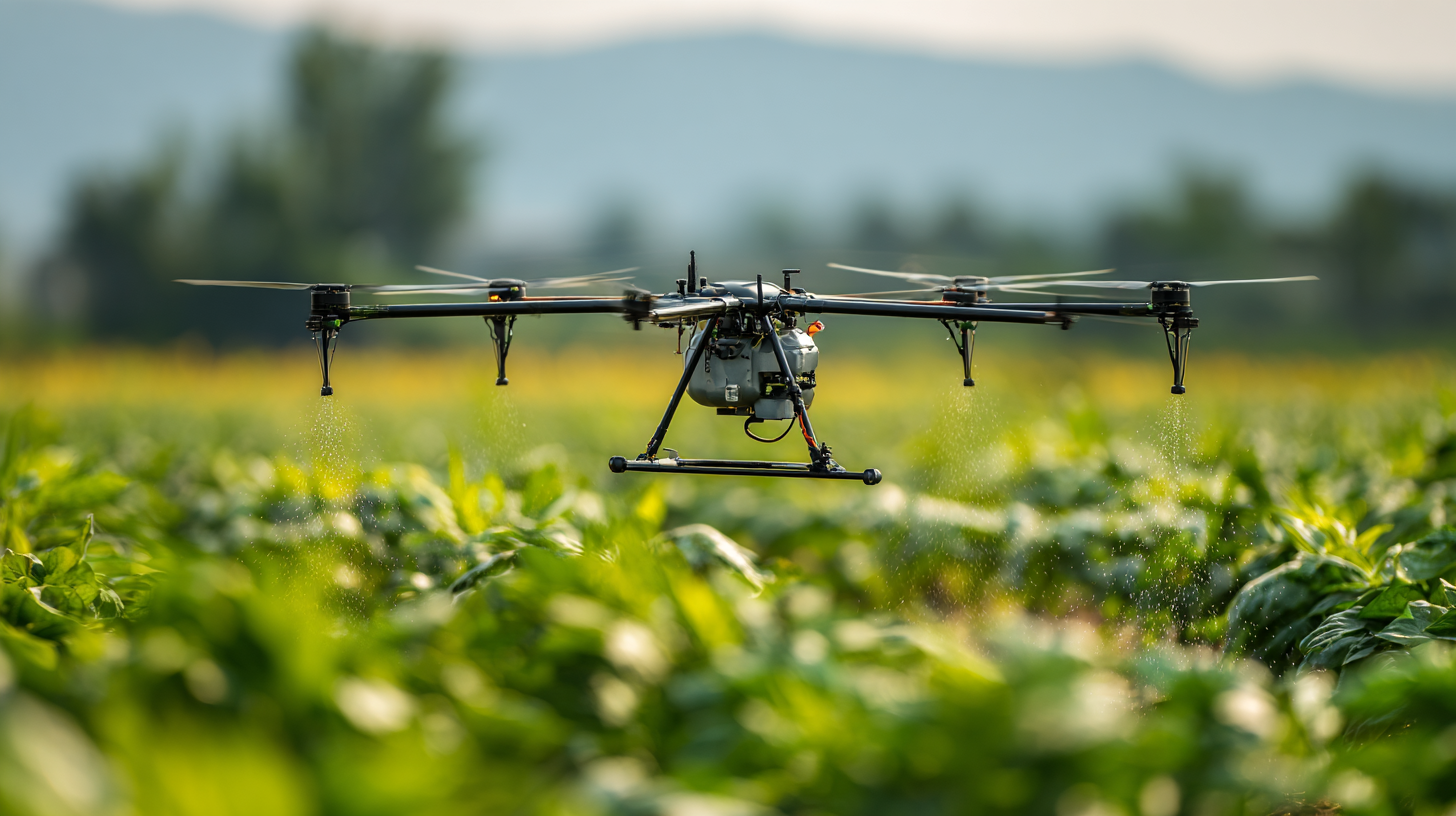
Best Practices for Using Boomless Spray Nozzles Effectively
Boomless spray nozzles offer unique advantages for agricultural applications, particularly in areas where traditional boom systems may be cumbersome or impractical. To maximize their potential, it is essential to adopt best practices when using these nozzles. First, understanding the optimal operating pressure is crucial. Research from the American Society of Agricultural and Biological Engineers indicates that maintaining pressure between 25 to 40 psi can enhance droplet size uniformity, leading to better coverage and reduced drift. Adjusting the nozzle's angle can also improve coverage, especially in uneven terrain, ensuring that every crop receives adequate treatment.
Secondly, calibrating the spray pattern is vital for efficiency. According to a report from the USDA, improper calibration can lead to over-application or under-application of herbicides and pesticides, resulting in increased costs and reduced crop yield. Regularly checking the spray pattern and making necessary adjustments before large field applications can significantly impact overall effectiveness. Additionally, using nozzle screens can prevent clogging, ensuring a consistent flow and reducing downtime. By following these best practices, farmers can harness the full benefits of boomless spray nozzles, promoting sustainable and efficient agricultural practices.
Exploring the Advantages of Boomless Spray Nozzles for Efficient Agriculture Applications
| Feature | Description | Advantages | Best Practices |
|---|---|---|---|
| No Boom Structure | Eliminates the need for a boom, allowing for flexible operation. | Reduces equipment weight and potential for damage in uneven terrain. | Ensure nozzle calibration is precise for optimal spray coverage. |
| Versatile Use | Can be used for various applications including pesticides, fertilizers, and herbicides. | Offers adaptability across different crop types and field conditions. | Regularly assess environmental conditions for effective application. |
| Improved Coverage | Design allows for better horizontal spray patterns. | Increases efficiency in applying chemicals over larger areas. | Maintain nozzle height to achieve uniform distribution of spray. |
| Reduced Drift | Minimizes spray drift due to lower operating pressures. | Enhances targeted application and reduces environmental impact. | Use weather data to choose optimal application times. |
| Easy Maintenance | Simple construction allows for quick maintenance and cleaning. | Minimizes downtime, leading to increased productivity. | Inspect and clean nozzles regularly to maintain performance. |
Comparative Analysis: Boomless Nozzles vs. Traditional Spraying Methods
Boomless spray nozzles have gained significant attention in agricultural applications due to their efficiency and effectiveness compared to traditional spraying methods. A recent comparative analysis has shown that boomless nozzles can reduce drift and enhance coverage right at the crop level, making them an appealing option for farmers looking to minimize chemical usage while maximizing impact. According to data from agriculture sustainability reports, boomless nozzles can improve application efficiency by up to 30% when compared to standard boom systems.
One of the key advantages of boomless spray nozzles is their versatility. Without the constraints of a traditional boom, these nozzles are easier to maneuver in uneven terrain, allowing for more precise targeting in challenging landscapes. Industry reports indicate that farmers have reported a reduction in over-spray incidents by nearly 20% since adopting boomless technology.
**Tips:** When considering a transition to boomless nozzles, it’s crucial to calibrate your nozzles correctly to ensure optimal performance. Additionally, using pressure regulation can help maintain consistent droplet size, significantly enhancing application accuracy. By integrating advanced technology and appropriate practices, farmers can truly optimize their spraying strategies for sustainable agriculture.
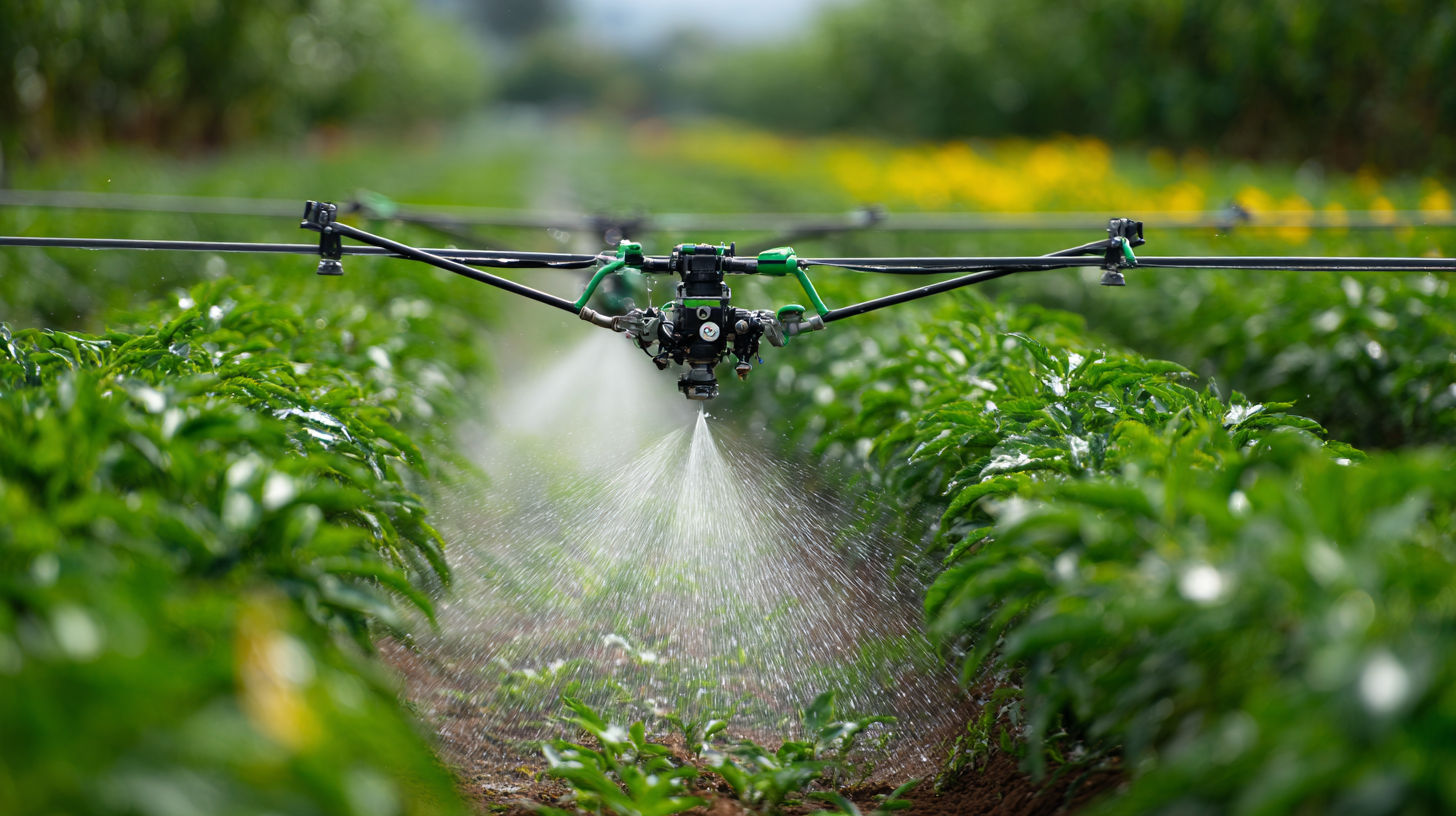
Related Posts
-

Innovative Spray Nozzle Technologies Transforming Industry Trends at the 138th Canton Fair 2025
-
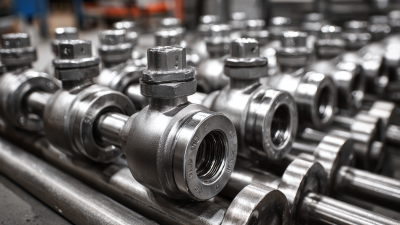
How to Choose the Right Stainless Steel Ball Valve for Your Project
-

Ultimate Guide to Choosing the Right Pressure Washer Hose for Your Cleaning Needs
-

10 Best Pressure Washer Hose Hacks for Ultimate Efficiency
-
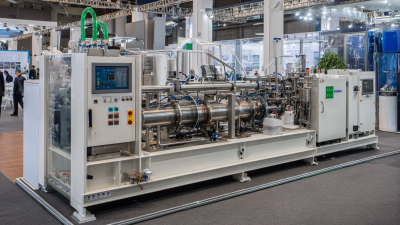
Unveiling Soft Wash Pump Innovations at the 138th China Import and Export Fair 2025
-

Troubleshooting Common Issues with Hose Reels: Solutions You Need to Know